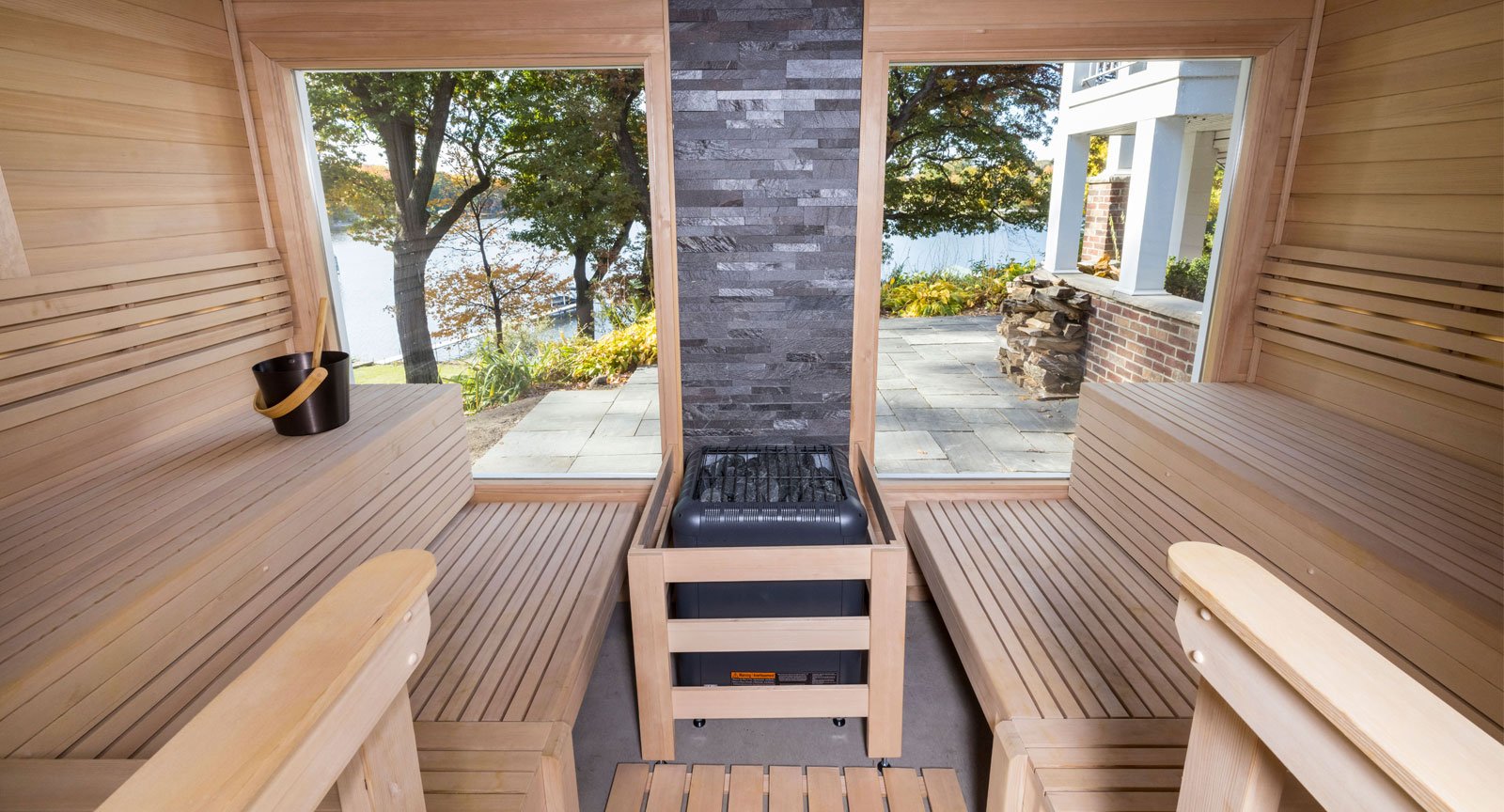The 7-Minute Rule for Traditional Sauna
The 7-Minute Rule for Traditional Sauna
Blog Article
Some Known Questions About Traditional Sauna.
Table of ContentsGetting The Traditional Sauna To WorkExamine This Report about Traditional SaunaTop Guidelines Of Traditional SaunaTraditional Sauna Things To Know Before You Get ThisThe smart Trick of Traditional Sauna That Nobody is Talking About
Many of the weight shed in a sauna is water loss and is re-gained upon rehydrating. Without a question sauna can be a vital component of a healthy and balanced weight loss program. To consider the differences between typical and IR saunas, I will certainly divide these into verifiable, theoretical, and fabricated differences.Thus, the hottest factor in the saunawhich goes to the ceiling straight over the sauna heateris normally in between 185 and 190 F. Claims that a typical sauna goes beyond 200 F is merely not real and not suitable for electric saunas sold in the US. The temperature level for a far-infrared sauna is generally established between 120 and 140 F; nevertheless, unlike the conventional sauna, the objective in and IR area is not to accomplish a high temperature.

When a conventional sauna has actually been appropriately heated, the sauna wall surfaces are warm, the air temperature has achieved established temperature level and the rocks are incredibly heated. As an intriguing side note, the heated wall surfaces and the rocks are producing far-infrared warm, combined with the warmed air, to create an "covering warmth".
The 2-Minute Rule for Traditional Sauna
When the heat is achieved, the elements cycle on and off to preserve the high temperature level. Most conventional sauna customers enjoy pouring water over the rocks to produce vapor to elevate sauna humidity levels. The benefits of pouring water over the rocks consist of: making the area extra comfortable, moistening the nasal passages, and enabling the use of aromatherapy by blending necessary oils with the water.

When the energy goes into the body, it triggers the body temperature to increase and ultimately results in sweat. In an infrared sauna it his comment is here is essential for the emitters/heaters to stay on nearly regularly. Since there is no mass of rocks to retain warmth, the sauna will certainly cool if the emitters shut off.
Getting The Traditional Sauna To Work
As discussed over, the sauna bather in an infrared area desires to place himself in front of running emitters to obtain optimal take advantage of the warm. The heating time for the 2 areas can be very various, relying on how the areas are utilized. For a typical sauna, a bather needs to permit 30-40 mins for the area to attain a preferred temperature level and to correctly pre-heat the rocks.

A well constructed sauna will typically achieve a temperature of 150-160 F in concerning 30-40 mins. For hotter temperature levels, the area may require to heat for a longer period.
To some, 15 mins was "thrown away" while the infrared power warmed the wood panels rather than heating a body, while others find a pre-heated space to be much more comfortable and believe an elevated starting temperature is required to begin perspiring. The length of recommended use for each room is around the exact same (10-15 mins per session); nevertheless, because of the lower air temperatures and the ability to feel the results of infrared warmth faster than a traditional sauna, it is not unusual for a person to invest a total amount of 20-30 mins in an infrared sauna.
What Does Traditional Sauna Do?

The average price per kWH of electrical power in the U.S. is around $0.11, so a 4.5 kW heating unit will certainly set you back around $.50 to run for one hour, if the heating unit runs continuously for one hour. Commonly a sauna heating unit will certainly compete 75% of the first hour and 50% of subsequent hours on given that the elements cycle once the set temperature is accomplished.
A 2 individual far-infrared room is typically physically smaller sized than a typical sauna, frequently regarding 4' x 4' or smaller. The IR home heating system is commonly 1.5-1.7 kW using a 120 volt 15 amp plug-in service. Because the space can be utilized earlier than a sauna room, we will presume the space is utilized for to of an hour consisting of warm up time.
There is a seldom talked about difference in the social helpful site experience between the two rooms. While our culture has actually shed several of the social advantage of the standard sauna experience, it can be really socially satisfying (Traditional Sauna). From family members time in the sauna, to heart-felt discussions with loved ones, to sauna partiesthe standard sauna experience can cause intimate interacting socially
Traditional Sauna for Beginners
A lot of higher end infrared spaces consist of colored light treatment, sound systems and full-glass fronts.
Report this page